GUEST BLOGGER DARCY PATTISON
What is rap?
It’s a poetic form that plays with rhymes: end rhymes, internal rhymes, imperfect rhymes, multisyllabic rhymes, and rhyme weaving. Through it all, the author pays attention to assonance and consonance, playing with the sounds of words. It’s a poetic form meant for listening. I used many of these elements when I wrote I AM THE THIRSTY DESERT, a lyrical narrative that takes the desert’s point of view about a storm and the resulting superbloom.
Students can play with words, too! Let’s make the terminology easy! And then I’ll give you a quick, visual way to students to evaluate their raps.
Rap poetry terminology
The examples below are from I AM THE THIRSTY DESERT, except rhyme weaving. Read the story aloud and listen for other examples.
END RHYME – A vowel and ending consonants of two words are the same.
Example: spills and thrills, lazy and hazy
INTERNAL RHYME – The repeating syllables (vowel and consonants) may be inside a word or at the end of the word.
Example: disINTegrates and splINTer
IMPERFECT RHYME – The repeating syllables are similar, but not exactly the same.
Example: roots and shoot. Because “roots” ends in an “s”, it’s not a perfect rhyme for “shoot.”
Heart and starts. Because “starts” ends in an “s”, it’s not a perfect rhyme for “heart.”
MULTISYLLABIC RHYME – The rhyming includes more than one syllable.
Example: probing, groping, hoping (Groping and hoping are multisyllabic rhymes. Probing is an imperfect multisyllabic rhyme, an acceptable variation.)
RHYME WEAVING – A syllable at the beginning of a word rhymes with the last syllable of another word. (This one is not used in my book.)
Example: Grateful, disintegrate.
ASSONANCE – Repetition of a vowel sound.
Example: The long “e” in breeze, seeds, sweet
CONNOSANCE – Repetition of a consonant sound.
Example: day, desert, droop, dwindle, dry, die, yesterday.
Tools to help students write rap
Three tools will help as you write your students write their raps.
- Thesaurus. The trick in writing is to say what you mean, but use words that sound good. A thesaurus gives alternate ways to say almost the same thing. Example: Alternate words for thunderstorm: deluge, downpour, drizzle, flood, cloudburst, monsoon.
- Rhymer.com, Rhymezone.com and/or a rhyming dictionary. Most poets use a rhyming dictionary of some kind. The online sites allow you to choose the type of rhyme. For example, on rhymezone.com, you can choose rhymes, near rhymes, synonyms, descriptive words, phrases, mentions, antonyms, and much more.
- Visualize the Rap. The Wall Street Journal published an article about the rap in the musical “Hamilton.” As part of that, they created an easy way to visualize the rhyming words. The program color codes rhyming and repetition.
Here’s the visualization of pages 4-5 of I AM THE THIRSTY DESERT. When I first wrote the story, there were few repetitions or rhymes. I worked to add these, building up sounds as I worked. Notice that imperfect rhymes and repetitions are a hallmark of rap. Sometimes, the sound repetition is separated by a lot of words. For example, “deep” comes quite a distance from “heat” and “sweep.”
Mask poem
Finally, I AM THE THIRSTY DESERT is a mask poem. I put on a desert mask and spoke as if I was the desert. Mask poems take on the personality of something that isn’t alive. I imagined the desert’s emotions as a thunderstorm sprouted the dormant seeds, creating a superbloom. This is a fascinating idea to apply to any STEM topic because it helps students understand the ideas in a fresh way.
Student writing
- Decide on a topic. Here are some ideas to get you started.
- Write a mask poem from the point of view of the desert during a superbloom.
- Write a mask poem from the point of view of a tornado as it goes through a forest.
- Write a mask poem from the point of view of river as it goes from headwaters to the ocean.
- Write a mask poem from the point of view of a boat as it sails the Pacific Ocean.
- List words that you may use in the poem, and then use a thesaurus to find alternate words.
- Write the story using the words that make sense.
- Use the Wall Street Journal Hamilton tool to test the rhyming. If the poem only has a few rhyming words, reword to add more. While you reword, you may need to change the meaning of the story some, too. But make sure the story still makes sense.
- Read the poem aloud. As students listen, are there suggestions for other rhymes to add?
- Rap is often read rhythmically to a background beat. Try reading your poem over a simple beat.
- Rewrite as needed.
For fun and discussion
The musical “Hamilton” inspired the Wall Street Journal article and tool. Listen to the musical and talk about how the words create a unique sound.
Sources
Eastwood, Joel and Erik Hinton. How does ‘Hamilton,’ the non stop, hip-hop Broadway sensation tap rap’s master rhymes to blur musical lines? The Wall Street Journal, http://graphics.wsj.com/hamilton/
The Rap on ‘Hamilton’: American History Meets Hip Hop , video, June 6, 2016.
Featured image credit: “Lin-Manuel Miranda in Hamilton” by Steve Jurvetson is licensed under CC BY 2.0.
Children’s book author and indie publisher Darcy Pattison writes award-winning fiction and non-fiction books for children. Five books have received starred PW, Kirkus, or BCCB reviews. Awards include the Irma Black Honor award, five NSTA Outstanding Science Trade Books, three Eureka! Nonfiction Honor book (CA Reading Assn.), two Junior Library Guild selections, two NCTE Notable Children’s Book in Language Arts, a Notable Social Studies Trade Book, an Arkansiana Award, and the Susannah DeBlack Arkansas Children’s History Book award. She’s the 2007 recipient of the Arkansas Governor’s Arts Award for Individual Artist for her work in children’s literature. Her books have been translated into ten languages.
Always active, before her tenth birthday, she (almost) climbed the Continental Divide, turning back at the last twenty yards because it was too steep and great climbing shoes hadn’t been invented yet. She once rode a bicycle down a volcano in Bali, Indonesia and has often hiked the Rockies. She recently hiked New Zealand’s backcountry for a taste of Kiwi life, and then strolled the beaches of Australia. On her bucket list is kayaking the Nā Pali Coast of Hawaii and eating curry in Mumbai.
- MimsHouseBooks.com
- Pinterest.com/MimsHouseBooks
- Facebook.com/MimsHouseBooks
- Facebook.com/DarcyPattisonAuthor


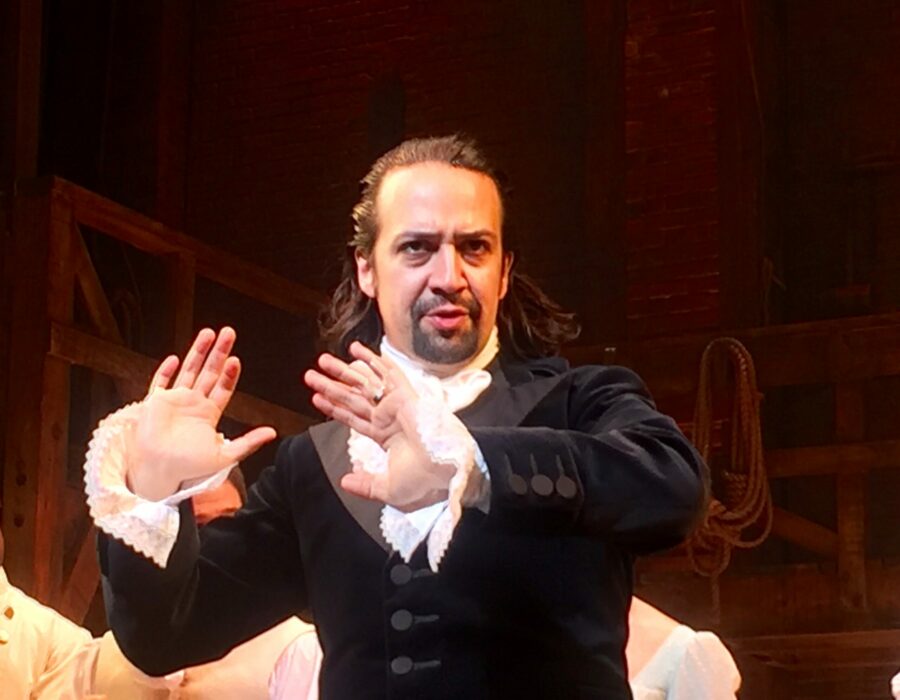

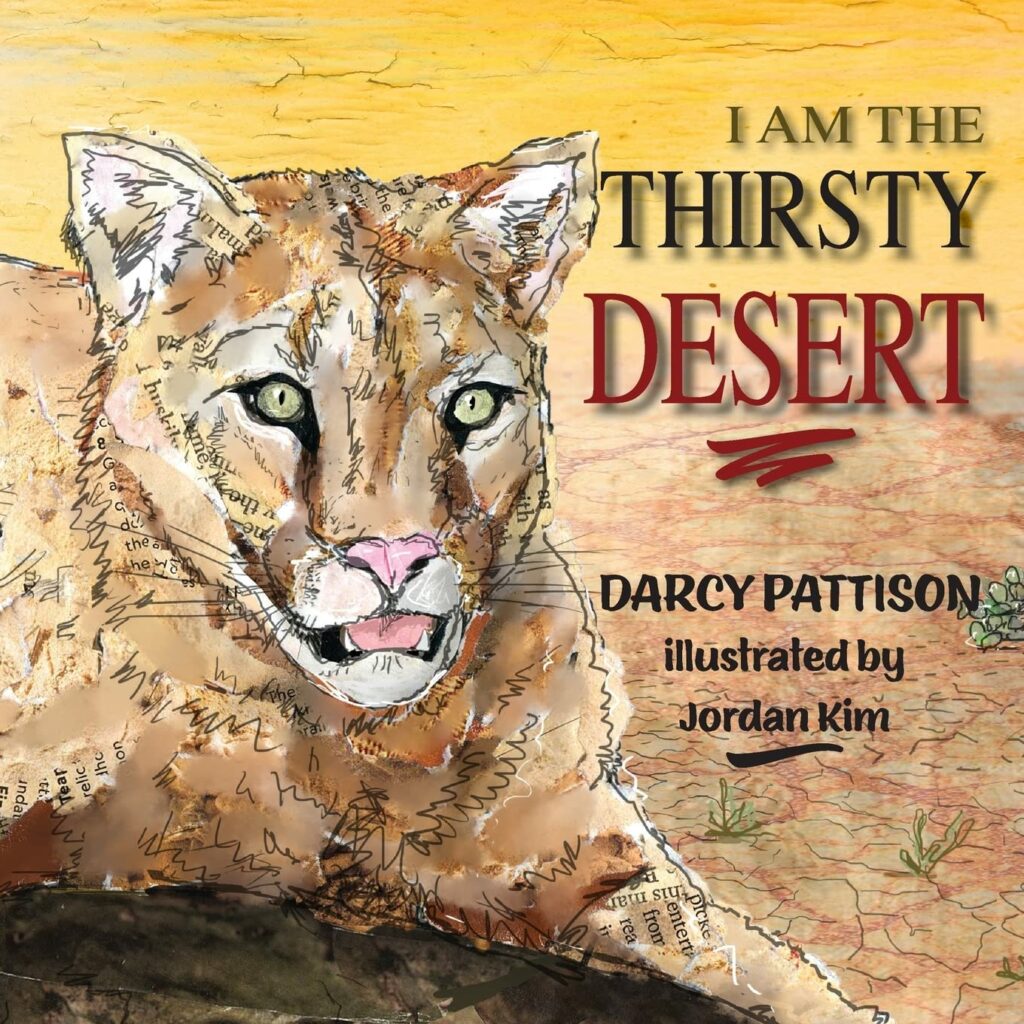
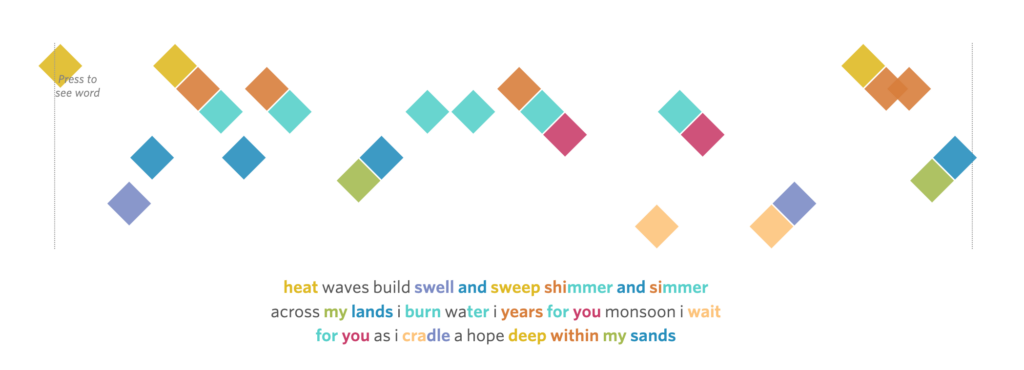

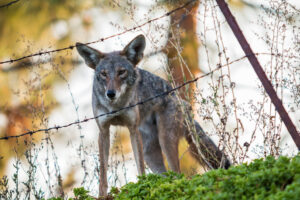
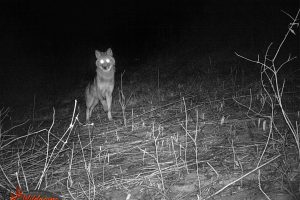



Leave a Reply
Your email is safe with me.